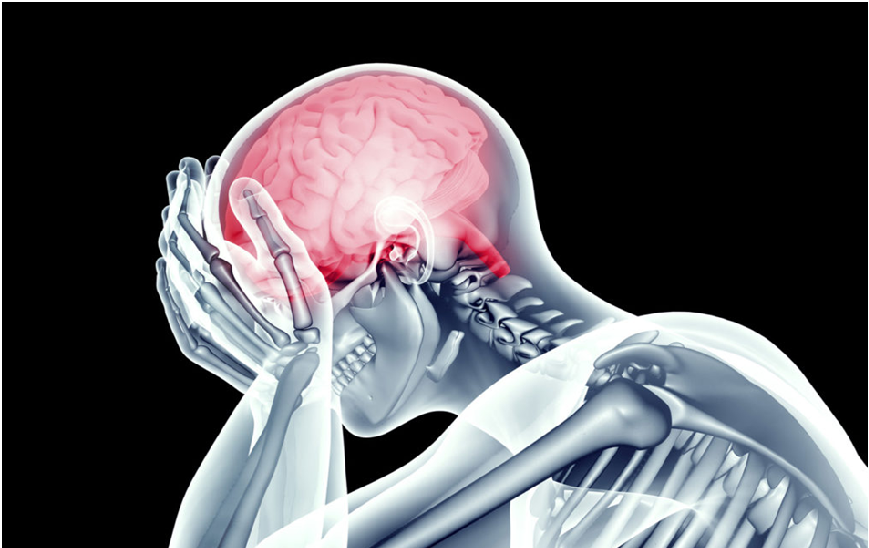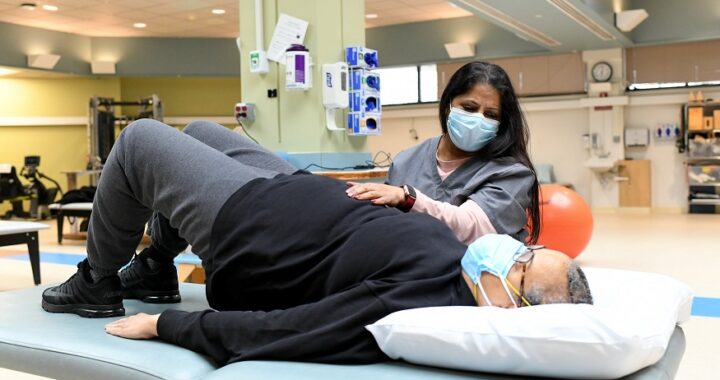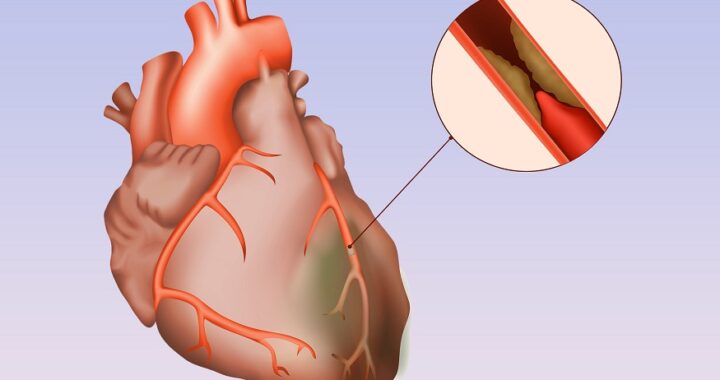Important Things to Learn About Neurological Physiotherapy Treatment

Having a family member who is suffering from mobility due to a particular illness is heartbreaking. Some of these individuals were born with a disease, while others got involved in traumatic accidents. Whatever the case may be, all you’ll be wishing for is an efficient treatment for your loved ones.
Do you know that if a person’s central nervous system or peripheral nerves have issues, he’ll experience mobility issues? Most of these patients require a wheelchair so that you can take them around. They should be treated, thus, you need to visit a neuro physiotherapy clinic for rehabilitation.
They need a specialist who will help them improve and get back to their normal lives. Some people might feel sad looking at a family member’s condition and discomfort. But they shouldn’t lose hope and learn how a neurological physiotherapist can help in this situation.
What’s neuro physiotherapy?
It’s a process where a patient must undergo different techniques that aim at treating neurological conditions. This involves comprehensive examinations which must be agreed between the patient or guardian and his attending physician. With this treatment, physical and structural capabilities, as well as, sensory disturbances will be rehabilitated.
This means that a person’s mobility will improve and become more efficient. That’s because the neuroplasticity process takes place. With this, your brain rewires connections, thus, accepting and responding positively to the treatment.
So when an individual is diagnosed with multiple sclerosis and Parkinson’s disease or suffers from a stroke, you must be treated by physiotherapists. Keep in mind that muscle strength and balance would be affected, too. This is why you need a specialist who can help in your rehabilitation.

Medical Conditions
We have here a few of the common medical conditions that can be treated through neurological physiotherapists.
- Stroke – CVA or cerebrovascular accident occurs when blood vessels in your brain rupture. The oxygen level is poor or there could be hemorrhage. Thus, the affected part of your body is neglected.
- Bell’s Palsy – There’s no sensation on either side of your face. This is due to ear contagions or damaged facial cells. It’s just temporary but must be treated by specialists – read https://familydoctor.org/condition/bells-palsy/ if your child is concerned.
- Cerebral Palsy – CP involves physical and mental deficiencies which can be a lifetime suffering for patients. Symptoms can be mild or severe, thus, treatment approaches may vary.
- Cauda Equina Syndrome –Having a CES where roots in your lumbar spine are compressed will lead to cutting off mobility and sensation.
- Sciatic Nerve Irritation – It happens when the union of roots in your lower limb is exasperated. About 10-40% of such incidents may result in a lifetime illness.
- Radial Nerve Palsy –You have to treat this at a very early stage. In this way, you won’t develop abnormalities in your hands. That’s because there’s a problem with finger-to-elbow extension.
Symptoms
Due to nerve and brain problems that cause mobility disorders or related physical symptoms, neurological physiotherapy is advised. There are a few symptoms that we can usually observe. These are the following:
- balance
- muscle stiffness
- muscle tone loss or reduction
- declined strength
- loss of skin and needle sensation
- deteriorated muscle power
- tremors
Techniques Used in Neurological Physiotherapy
Neurological physiotherapists treat their patients according to the symptoms of a particular disorder. There’s only one goal for every specialist and that’s to fix the nervous structures.
However, the treatment duration will depend on your physical and mental state. This is why they prepare a rehabilitation program tailored to each case. We have here some of the techniques integrated into their programs.
Spasticity Management
There’s a variety of activities prepared to release tissues from getting stiff. This is usually experienced by individuals who suffer from stroke or cerebral palsy.
Depending on your state, you’ll be treated with various techniques to reduce spasticity – check this out for more details. For example, orthotics with medications, electrical stimulation, aquatic therapy, and resistance training could be performed.
Stretching and Strengthening
When a person doesn’t receive any signal that is needed for his movement to function, the muscles will tighten excessively. This is why it’s essential to include workouts that involve stretching and strengthening. Passive limb activities are added with zero mobility patients so that they can move their joints at certain ranges.
With this, their muscles will prevent developing contractures. When signs of motion are observed, active assisted exercises follow. In this way, muscles will start building strength and can be more flexible.
Gait and Balance
Multiple devices can be used to enhance one’s balance and synchronization. Thus, they need to refresh certain patterns in their workout. This is an essential training that must be incorporated regularly in the routine.
To improve, they may use tools and equipment, such as balance boards and treadmills with support for walking. A few of the activities include sit-to-stand, heel-to-toe stands, stepping in some boxes, moving objects, etc. Even simple daily routines for self-improvement just like how to comb your hair can be included in the program.
Clinical Electrotherapy
EMS and stimulation TENS will be used in this treatment. Parameters, such as current and frequency will be adjusted in time.
This is a form of regeneration of what’s impaired. Regular sessions are necessary.
Patterns and Repetitions
In this type of rehabilitation, you’re going to perform tasks repeatedly. In this way, you’ll be familiar with the action, thus, creating a way for neurons to perform naturally. This is why, we need to learn the basics even if it’s as simple as holding a glass.
Let’s say that we need to practice the routines. It could be tough at first but there will always be signs of improvement so patience is required.
Benefits
However, the approach to each patient varies since they have unique needs. That’s why a physiotherapist will maximize their rehabilitation process. Patients will highly benefit in various ways.
- increasing muscle strength and reducing contractures
- aids in retraining normal motion patterns
- escalating the overall range of mobility
- refining posture and minimizing the risk of falling
- enhancing balance and endurance
- relieving pain
- growing physical independence
- developing motor skills – click https://www.stroke.org/ to learn more
- boosting daily activities and fitness levels
- assisting breath issues and reducing risks of acquiring chest infections
- plummeting stress that may lead to anxiety

 How to Choose the Best Intensive Outpatient Program
How to Choose the Best Intensive Outpatient Program  Factors to Consider Before Getting a Pelvic Floor Treatment
Factors to Consider Before Getting a Pelvic Floor Treatment  Sober Living Homes Helps To Lead A Truly Sober Life After Rehab Treatment
Sober Living Homes Helps To Lead A Truly Sober Life After Rehab Treatment  The Cost of Fertility Treatment: Is It Worth It?
The Cost of Fertility Treatment: Is It Worth It?  Types of Plastic Surgery
Types of Plastic Surgery  The Causes of CHD and Its Effect on Life Expectancy
The Causes of CHD and Its Effect on Life Expectancy  WHAT IS SLEEP APNEA AND WHY SHOULD YOU CARE?
WHAT IS SLEEP APNEA AND WHY SHOULD YOU CARE?  Tennessee Men’s Clinic Highlights the Transformative Power of Fitness on Men’s Lives
Tennessee Men’s Clinic Highlights the Transformative Power of Fitness on Men’s Lives  Behind the Scenes: A Day in the Life of a Veterinary Hospital Staff Member
Behind the Scenes: A Day in the Life of a Veterinary Hospital Staff Member  WHAT IS A VASECTOMY? EVERYTHING YOU NEED TO KNOW
WHAT IS A VASECTOMY? EVERYTHING YOU NEED TO KNOW